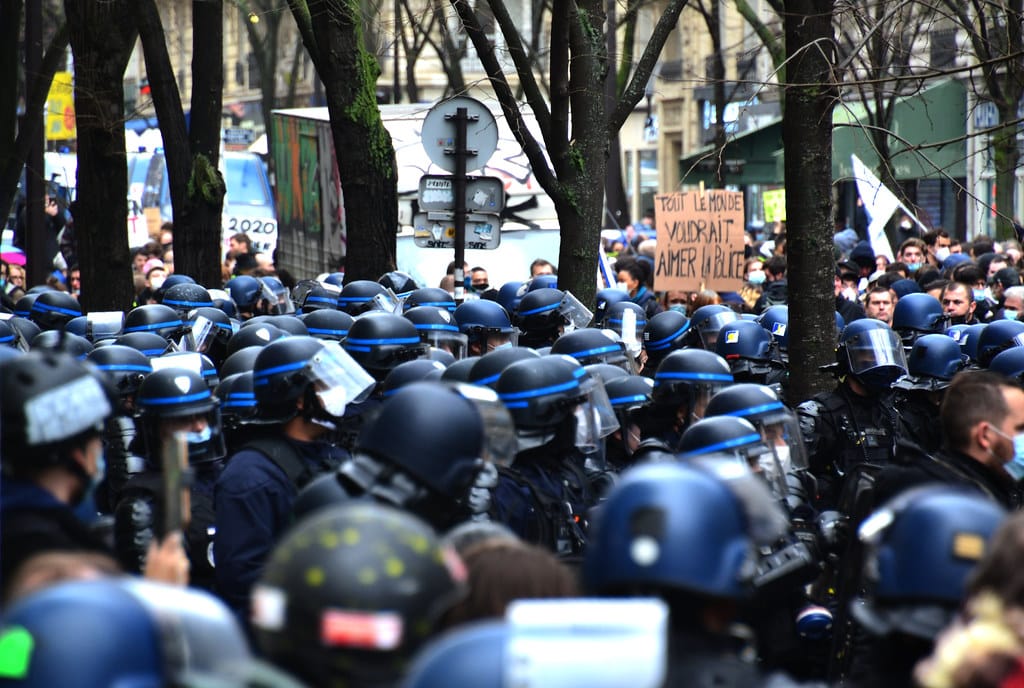AI Security Theater: How Rushed Defenses Are Creating a False Sense of Digital Safety
The cybersecurity industry's rush to implement AI-powered defenses may be creating more vulnerabilities than it's solving, with researchers warning that many organizations are unknowingly rolling back their security posture to levels not seen since the dial-up internet era.
The Great AI Security Illusion
A growing chorus of cybersecurity experts is sounding the alarm about what they're calling "AI security theater" – the deployment of artificial intelligence security tools that promise advanced protection but often deliver little more than sophisticated-looking dashboards and false confidence.
"We're seeing organizations replace proven security frameworks with AI solutions that haven't been properly tested or validated," explains Dr. Sarah Chen, a cybersecurity researcher at MIT. "It's like replacing a steel door with a hologram – it looks impressive until someone actually tries to break in."
Recent studies indicate that over 70% of enterprises have deployed some form of AI-powered security solution in the past two years, yet successful cyberattacks have increased by 38% over the same period. This paradox has researchers questioning whether the AI security revolution is creating more problems than it's solving.
Why AI Defenses Are Failing
Overconfidence in Untested Technology
Many AI security systems are being deployed without adequate testing against real-world attack scenarios. Unlike traditional security measures that have been battle-tested over decades, AI defenses often rely on training data that doesn't reflect the constantly evolving threat landscape.
"The fundamental problem is that AI systems are only as good as their training data," notes Marcus Rodriguez, former NSA cybersecurity analyst. "Attackers are adapting faster than AI models can be retrained, creating a dangerous gap in protection."
The Black Box Problem
Traditional security tools provide clear logs and traceable decision-making processes. AI systems, however, often operate as "black boxes," making it difficult for security teams to understand why certain decisions were made or how to improve defenses when attacks succeed.
This opacity has led to a concerning trend: organizations are dismissing legitimate security alerts as "AI false positives" while simultaneously missing genuine threats that the AI failed to identify.
Skills Gap Amplification
The cybersecurity industry already faces a critical shortage of skilled professionals. The introduction of complex AI systems has only widened this gap, as teams struggle to manage technologies they don't fully understand.
Real-World Consequences
The consequences of inadequate AI security implementations are becoming increasingly visible. In 2023, several high-profile breaches occurred at organizations that had recently upgraded to AI-powered security platforms, with attackers exploiting the very blind spots these systems were supposed to eliminate.
One particularly telling case involved a healthcare network that replaced its traditional intrusion detection system with an AI alternative. Within months, attackers exploited the AI system's inability to recognize a novel attack pattern, resulting in the compromise of over 200,000 patient records.
The Path Forward: Hybrid Intelligence
Rather than abandoning AI security tools entirely, experts advocate for a more measured approach that combines artificial intelligence with human expertise and traditional security measures.
Key Recommendations
Gradual Integration: Implement AI tools alongside, not in place of, existing security frameworks. This layered approach provides redundancy and allows for proper validation of AI capabilities.
Continuous Validation: Regularly test AI systems against known attack patterns and emerging threats. Organizations should maintain "red team" exercises specifically designed to probe AI defense weaknesses.
Transparency Requirements: Demand explainable AI solutions that provide clear reasoning for their decisions. Security teams need to understand how and why their tools are making critical decisions.
Human Oversight: Maintain skilled human analysts who can interpret AI outputs and make nuanced decisions that automated systems cannot.
Conclusion: Security Theater vs. Real Protection
The cybersecurity industry stands at a critical crossroads. While AI has tremendous potential to enhance digital defenses, the current rush to implement these technologies is creating dangerous vulnerabilities reminiscent of the pre-firewall era of the 1990s.
Organizations must resist the temptation to view AI as a silver bullet for cybersecurity challenges. Instead, they should focus on building robust, layered defense strategies that leverage AI's strengths while compensating for its current limitations.
The goal shouldn't be to create the appearance of advanced security, but to build genuinely effective defenses that can withstand the sophisticated threats of today's digital landscape. Only through careful, measured implementation can we ensure that AI becomes a genuine asset rather than a liability in the ongoing fight against cybercrime.

